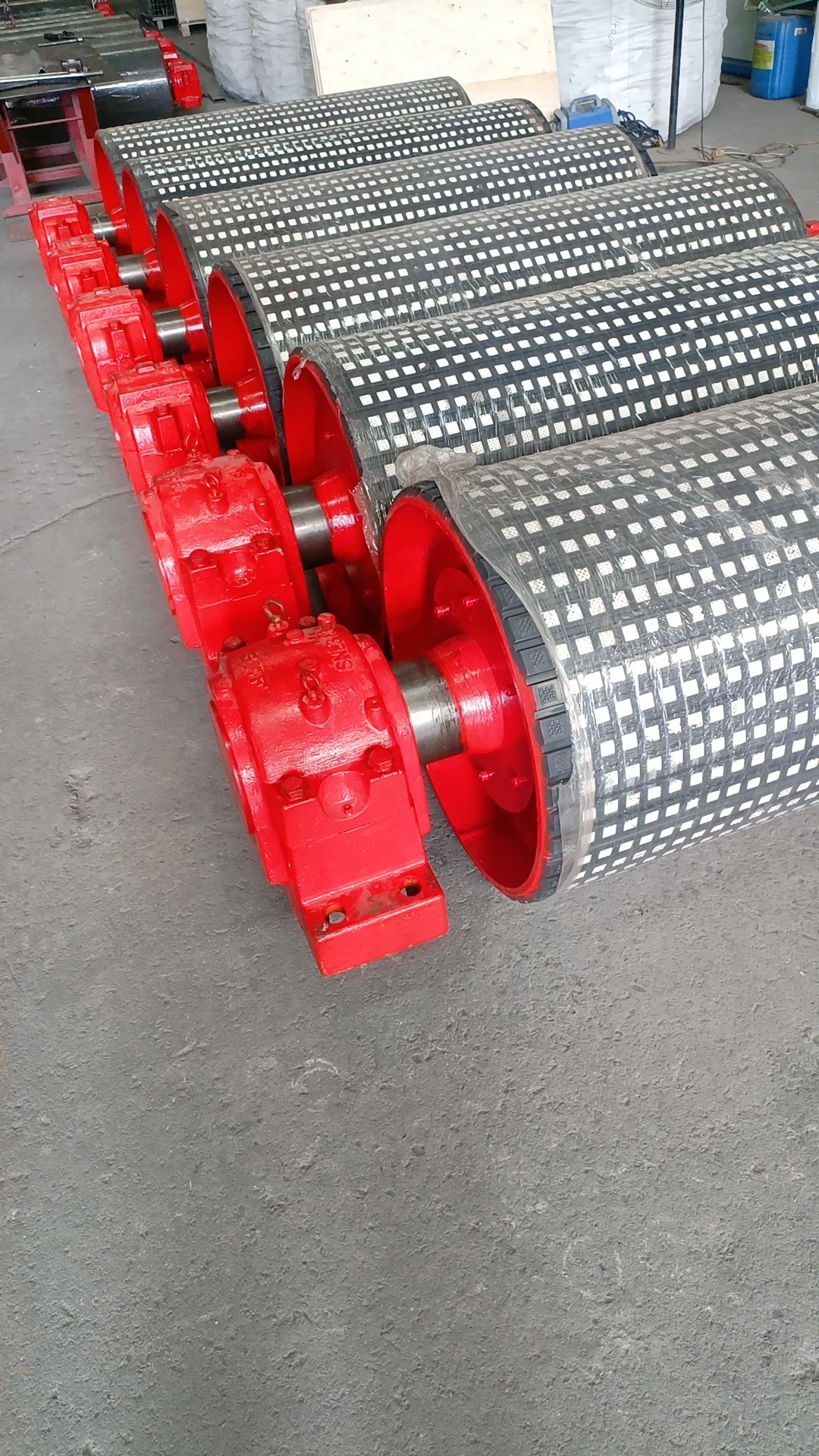 Afrikaans
Afrikaans  Albanian
Albanian  Amharic
Amharic  Arabic
Arabic  Armenian
Armenian  Azerbaijani
Azerbaijani  Basque
Basque  Belarusian
Belarusian  Bengali
Bengali  Bosnian
Bosnian  Bulgarian
Bulgarian  Catalan
Catalan  Cebuano
Cebuano  Corsican
Corsican  Croatian
Croatian  Czech
Czech  Danish
Danish  Dutch
Dutch  English
English  Esperanto
Esperanto  Estonian
Estonian  Finnish
Finnish  French
French  Frisian
Frisian  Galician
Galician  Georgian
Georgian  German
German  Greek
Greek  Gujarati
Gujarati  Haitian Creole
Haitian Creole  hausa
hausa  hawaiian
hawaiian  Hebrew
Hebrew  Hindi
Hindi  Miao
Miao  Hungarian
Hungarian  Icelandic
Icelandic  igbo
igbo  Indonesian
Indonesian  irish
irish  Italian
Italian  Japanese
Japanese  Javanese
Javanese  Kannada
Kannada  kazakh
kazakh  Khmer
Khmer  Rwandese
Rwandese  Korean
Korean  Kurdish
Kurdish  Kyrgyz
Kyrgyz  Lao
Lao  Latin
Latin  Latvian
Latvian  Lithuanian
Lithuanian  Luxembourgish
Luxembourgish  Macedonian
Macedonian  Malgashi
Malgashi  Malay
Malay  Malayalam
Malayalam  Maltese
Maltese  Maori
Maori  Marathi
Marathi  Mongolian
Mongolian  Myanmar
Myanmar  Nepali
Nepali  Norwegian
Norwegian  Norwegian
Norwegian  Occitan
Occitan  Pashto
Pashto  Persian
Persian  Polish
Polish  Portuguese
Portuguese  Punjabi
Punjabi  Romanian
Romanian  Russian
Russian  Samoan
Samoan  Scottish Gaelic
Scottish Gaelic  Serbian
Serbian  Sesotho
Sesotho  Shona
Shona  Sindhi
Sindhi  Sinhala
Sinhala  Slovak
Slovak  Slovenian
Slovenian  Somali
Somali  Spanish
Spanish  Sundanese
Sundanese  Swahili
Swahili  Swedish
Swedish  Tagalog
Tagalog  Tajik
Tajik  Tamil
Tamil  Tatar
Tatar  Telugu
Telugu  Thai
Thai  Turkish
Turkish  Turkmen
Turkmen  Ukrainian
Ukrainian  Urdu
Urdu  Uighur
Uighur  Uzbek
Uzbek  Vietnamese
Vietnamese  Welsh
Welsh  Bantu
Bantu  Yiddish
Yiddish  Yoruba
Yoruba  Zulu
Zulu Exploring the Benefits and Applications of Rubber Pulleys in Various Industries
Understanding Rubber Pulleys Essential Components in Mechanical Systems
Rubber pulleys are integral components in various mechanical systems, serving as vital elements in the transmission of motion and power. They are commonly found in applications ranging from industrial machinery to automotive systems, and their versatility makes them an essential consideration in engineering design.
One of the primary advantages of rubber pulleys is their ability to provide a significant level of grip and friction. This characteristic allows them to effectively transmit torque and motion from one shaft to another without slippage. The rubber material used in these pulleys can be engineered to vary in hardness and elasticity, which allows designers to customize the pulleys for specific applications. Softer rubber compounds may be used for applications requiring higher levels of grip, while harder compounds may be employed where durability and wear resistance are paramount.
In many applications, rubber pulleys help to dampen vibrations and reduce noise, providing not only a functional advantage but also improving user experience. This characteristic is particularly crucial in environments where machinery operates for prolonged periods, as excessive vibrations can lead to fatigue and noise pollution. The inherent elasticity of rubber absorbs shocks and vibrations, ensuring smoother operation and extending the lifespan of the connected components.
Rubber pulleys are also relatively lightweight compared to their metal counterparts, making them ideal for applications where weight reduction is necessary. In the automotive industry, for example, reducing weight can lead to improved fuel efficiency and enhanced performance. Manufacturers often utilize rubber pulleys to optimize the design of drive belts and timing belts, ensuring a balance between performance and weight.
rubber pulley

Moreover, the cost-effectiveness of rubber pulleys is another factor that contributes to their widespread use. The production of rubber components tends to be less expensive than that of metal parts, making them an attractive option for manufacturers looking to optimize costs while maintaining quality. This affordability does not compromise performance; instead, it enables broader applications across various industries.
However, it is essential to consider the limitations of rubber pulleys as well. While they offer several advantages, they may not be suitable for every application. For instance, in high-temperature environments or aggressive chemical settings, rubber can degrade quicker than metals or specialized plastics. Engineers must assess the operating conditions carefully and select the appropriate material to ensure reliability and performance.
When it comes to maintenance, rubber pulleys require periodic inspection to check for wear and tear. Over time, rubber can harden, crack, or become glazed, which impairs functionality. Regular maintenance routines can help identify these issues before they lead to significant failures, ensuring that machinery operates smoothly.
In conclusion, rubber pulleys are crucial components in various mechanical systems, valued for their grip, vibration-damping properties, weight, and cost-effectiveness. While they come with certain limitations, their role in enhancing machine performance cannot be overlooked. As technology advances, the development of new rubber compounds and manufacturing techniques will likely expand the potential applications for rubber pulleys, solidifying their position as key players in mechanical engineering. Whether in manufacturing, automotive, or everyday machines, understanding rubber pulleys and their benefits is essential for engineers and designers looking to create efficient and reliable systems.
-
Revolutionizing Conveyor Reliability with Advanced Rubber Lagging PulleysNewsJul.22,2025
-
Powering Precision and Durability with Expert Manufacturers of Conveyor ComponentsNewsJul.22,2025
-
Optimizing Conveyor Systems with Advanced Conveyor AccessoriesNewsJul.22,2025
-
Maximize Conveyor Efficiency with Quality Conveyor Idler PulleysNewsJul.22,2025
-
Future-Proof Your Conveyor System with High-Performance Polyurethane RollerNewsJul.22,2025
-
Driving Efficiency Forward with Quality Idlers and RollersNewsJul.22,2025





























